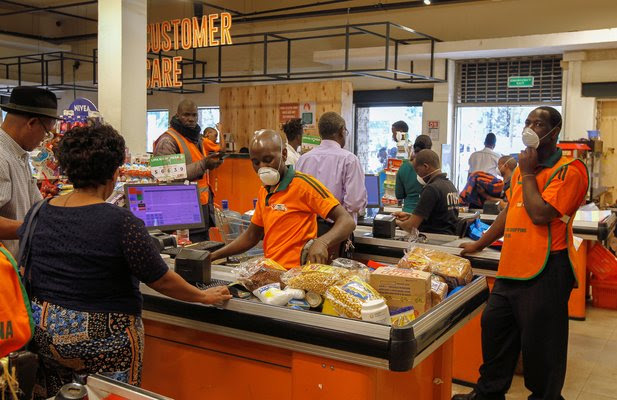Conventional wisdom is that Africa’s rising middle class is the engine for economic and social development, that its trajectory has been positive, and that the COVID-19 pandemic has seriously compromised the success of the middle class. However, on a continent of 1.3 billion people resident in more than fifty countries, this trope, much of it based on feel-good anecdotes, may obscure more than it illuminates.
What is Africa’s middle class, how large was it before COVID-19, and was it growing? Media reports that Africa’s middle class is made up of about 170 million people, and that COVID-19 could push some 8 million out of it and into poverty. This would imply a common understanding of what middle class is. But that does not exist. There appears to be no, real credible definition generally accepted. One estimate, from the World Data Lab, defines middle class as those households that spend per capita a range of $11 to $110 per day. Such a huge range reflects the diversity of the African continent but otherwise it is not helpful.
Perhaps more helpful on a continent where statistics are weak are definitions of middle class status by behavior or lifestyle. For example, a South African economist distinguishes the middle class from the poor by the ability to earn a steady income. Even within countries, there can be different definitions of middle class: in South Africa, Blacks who own an automobile, no matter what the state of repair, may be regarded as middle class. Among whites, however, the attributes and consumption patterns of the middle class are similar to those in other parts of the developed world.


